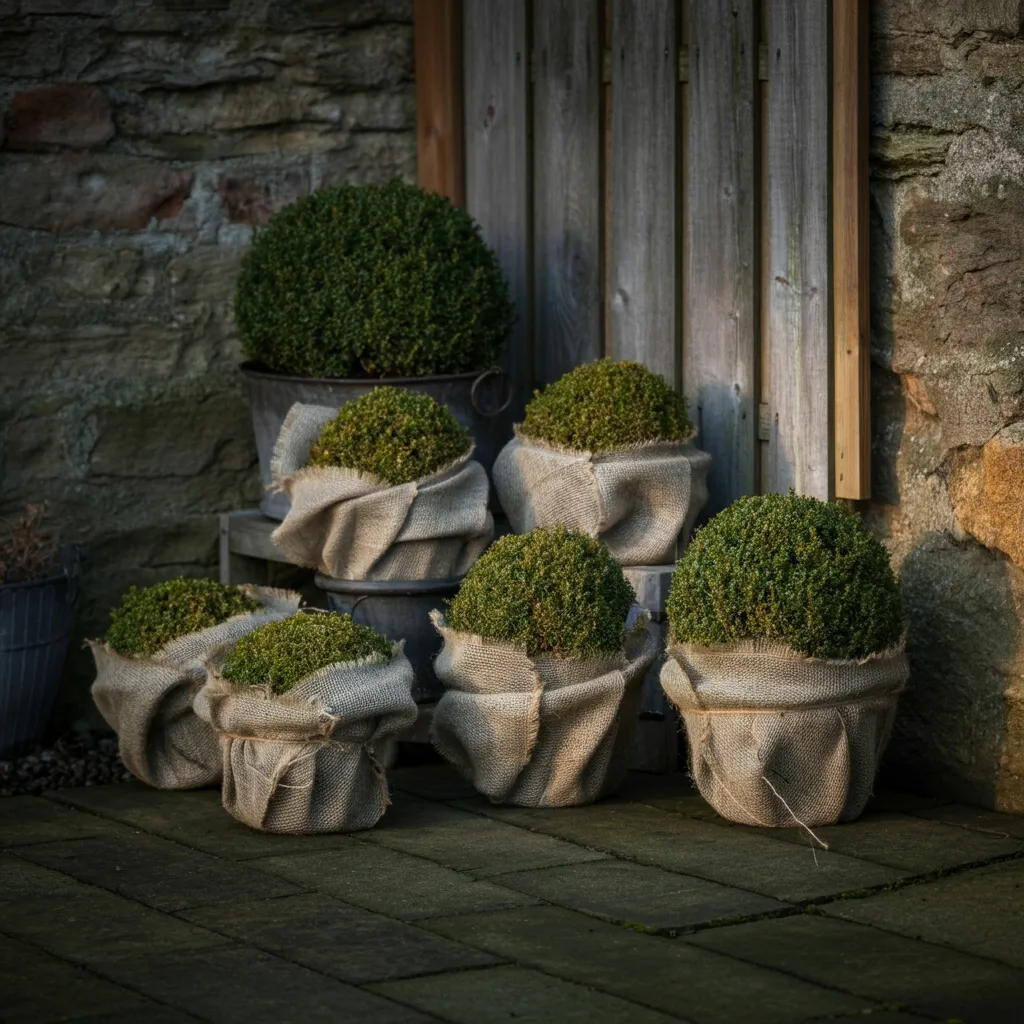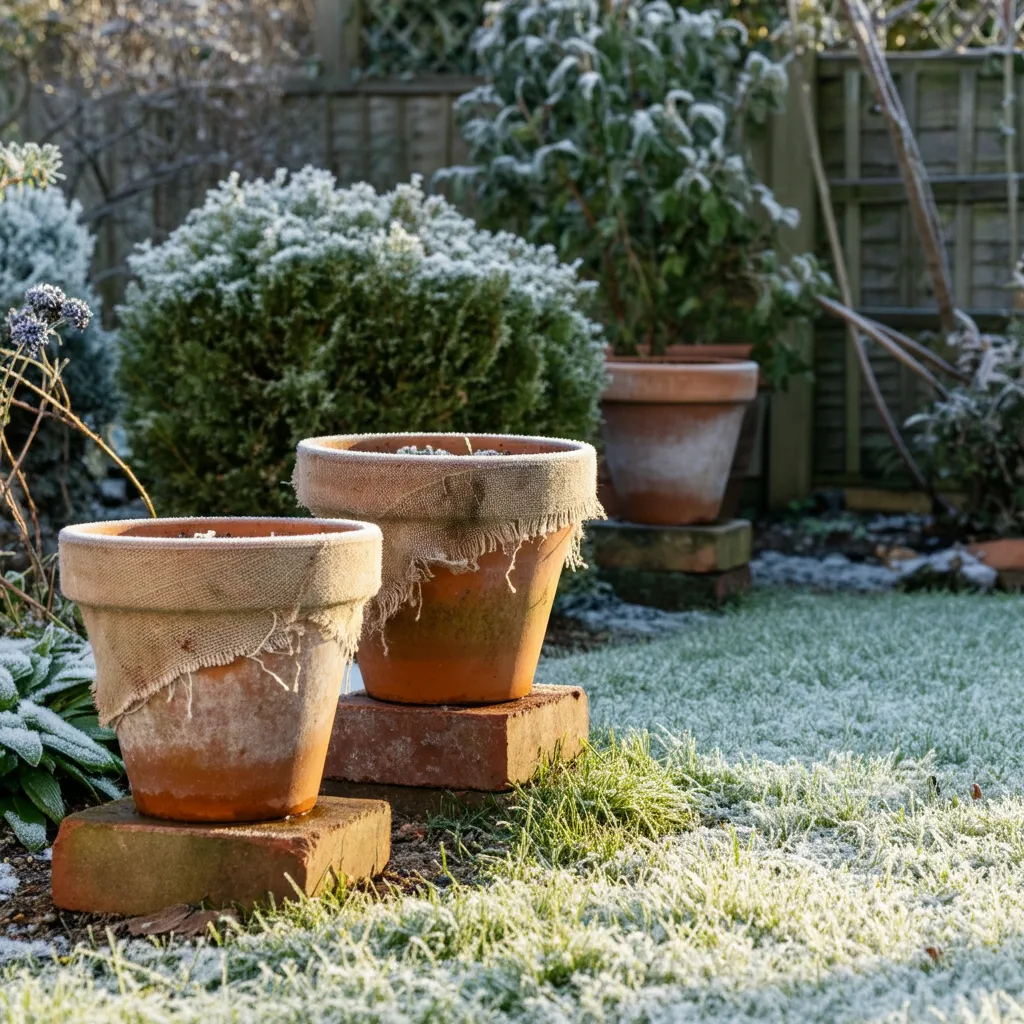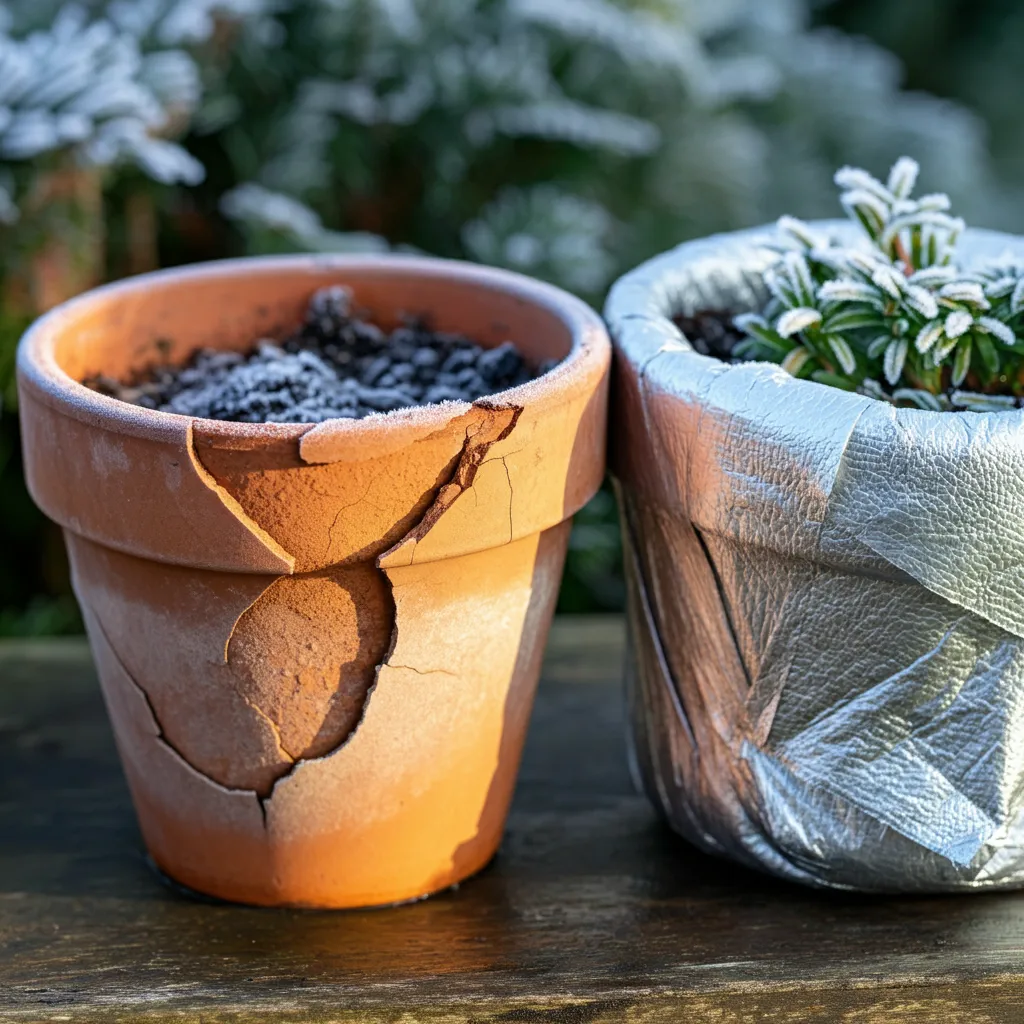How to Winter-Proof Your Garden Pots
As the crisp autumn air turns frosty, it’s a sign that winter is just around the corner. For gardeners, this means it’s time to start preparing our green spaces for the colder months. While we often focus on protecting our plants, it's just as important to care for the pots and containers they live in. Terracotta, ceramic, and even some plastic pots can crack, shatter, or become permanently damaged when temperatures plummet.
A little preparation now can save you the heartache and expense of replacing your favourite containers come spring. Protecting your pots from the harsh British winter ensures they remain beautiful and functional for many seasons to come. This guide will walk you through simple yet effective steps to safeguard your pots, so you can rest easy knowing they'll be ready for another year of glorious blooms.
Why Winter Protection is Crucial for Pots
You might wonder why some pots break in winter while others don't. The main culprit is water. When water seeps into the porous materials of pots like terracotta and clay, it freezes and expands. This expansion exerts immense pressure on the pot's structure, leading to cracks and eventually causing it to shatter.
Even non-porous materials aren't completely safe. Water trapped in the soil can freeze, creating a solid block of ice that puts pressure on the pot from the inside. Similarly, water collecting in saucers or decorative urns can freeze and break them. By taking a few preventative measures, you can avoid this common winter gardening problem and keep your containers in pristine condition.
Step-by-Step Guide to Protecting Your Pots
1. Find a Sheltered Spot
Your first line of defence is to move your pots out of the most exposed areas of your garden. A sheltered location can make a significant difference.
- Group Pots Together: Huddle your containers together in a cluster. This simple act creates a shared microclimate, where the pots insulate one another, keeping the rootballs and the containers themselves slightly warmer.
- Move Them Against a Wall: Place your pots against the wall of your house, shed, or a fence. Walls, especially those of a heated home, radiate a small amount of warmth, which can be enough to fend off the worst of the frost. This also shields them from biting winds.
By simply relocating your pots, you’ve already given them a much better chance of surviving the winter unscathed.
2. Insulate for Extra Warmth
For particularly prized or delicate pots, an extra layer of insulation offers fantastic protection. Think of it as putting a warm winter coat on your containers.
- Wrap Them in Bubble Wrap: This is a classic and highly effective method. Secure a layer or two of bubble wrap around the outside of the pot with string or garden twine. The trapped air pockets act as an excellent insulator against the cold.
- Use Burlap or Hessian: For a more natural look, burlap sacks or hessian fabric are great alternatives. Wrap them around the pot in the same way as bubble wrap. You can even stuff the space between the fabric and the pot with straw or fallen leaves for added insulation.
This extra layer will not only protect the pot material but also help insulate the plant's roots from extreme temperature fluctuations.
3. Raise Pots Off the Ground
One of the biggest risks to containerised plants in winter is waterlogging. When pots sit directly on a cold, wet patio or lawn, their drainage holes can get blocked. The soil becomes saturated, and if it freezes, you're left with a solid block of ice that can kill the plant and crack the pot.
The solution is simple: elevate your pots.
- Use Pot 'Feet': These small supports, often made from terracotta or plastic, are designed specifically for this purpose. Placing three or four feet under a pot lifts it just enough to ensure water can drain away freely.
- Improvise with Bricks or Stones: If you don’t have pot feet, a few bricks, flat stones, or even wooden blocks will do the job perfectly. The goal is to create a gap between the base of the pot and the ground.
This small step prevents the pot from freezing from the bottom up and is one of the most effective ways to protect both the container and the plant inside.
4. Empty Saucers and Urns
It’s easy to overlook the water that collects in a pot’s saucer or in purely decorative garden features like urns and birdbaths. When this standing water freezes, it can easily crack the saucer or shatter the urn.
Before the first hard frost arrives, make it a habit to tip out any water from these containers. Check them regularly throughout the winter, especially after heavy rainfall, to ensure they remain empty. This quick and easy task can save you from discovering a pile of broken ceramic pieces in the spring.
What About Empty Pots?
If you have pots that are empty over winter, it’s best to give them the ultimate protection. Clean them out, ensure they are completely dry, and then store them in a shed, garage, or a covered porch. Storing them upside down is a good practice, as it guarantees no water can collect inside them.
Prepare for Spring Blooms
Protecting your garden pots is a simple yet vital part of winter garden care. By following these easy steps, you can ensure your containers—from your trusty terracotta to your most ornate ceramics—are safe from the frost and ready for planting when the warmer weather returns. A little effort now means you’ll be greeted by intact, beautiful pots ready to be filled with the vibrant colours of spring.














Community Feedback